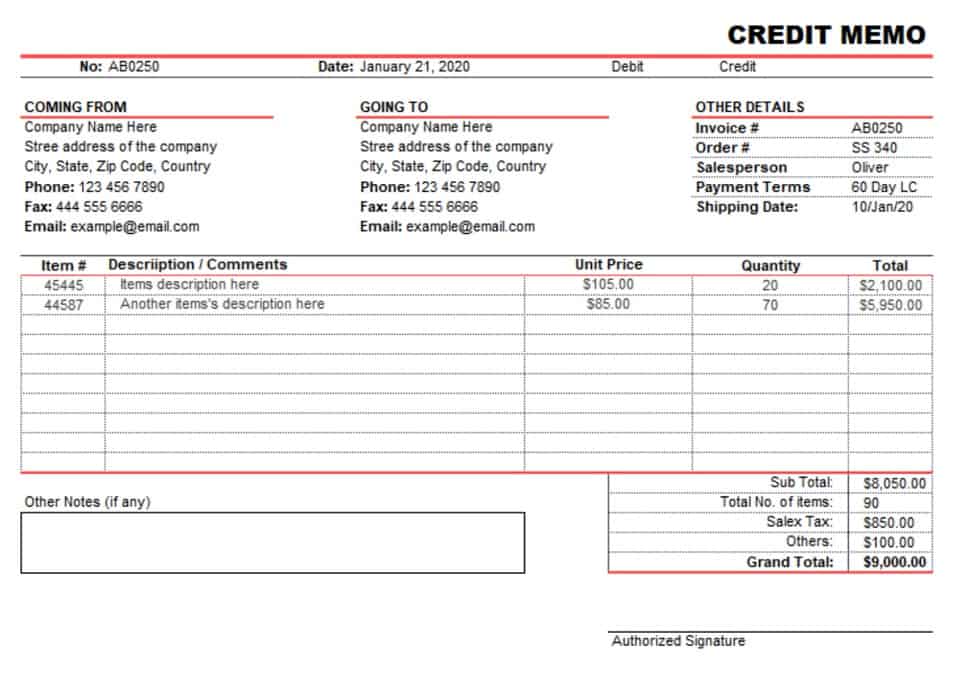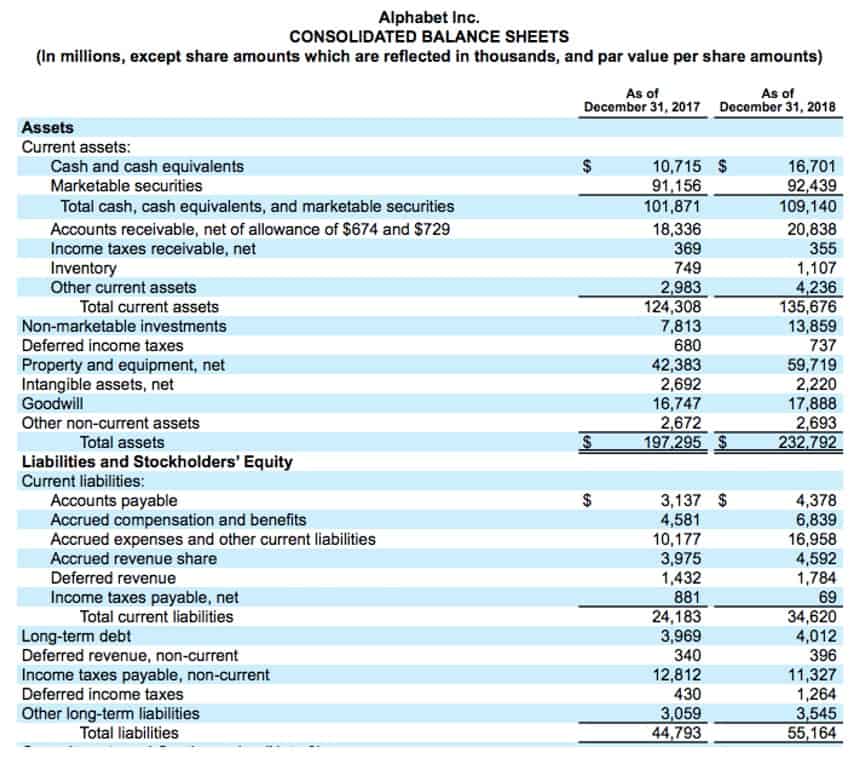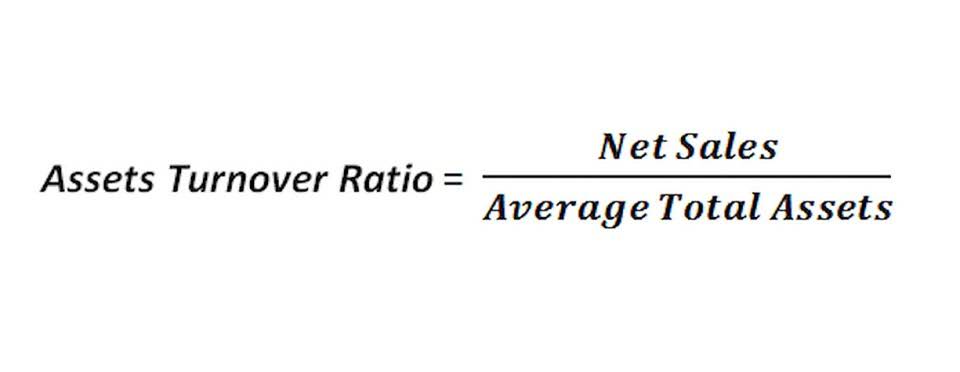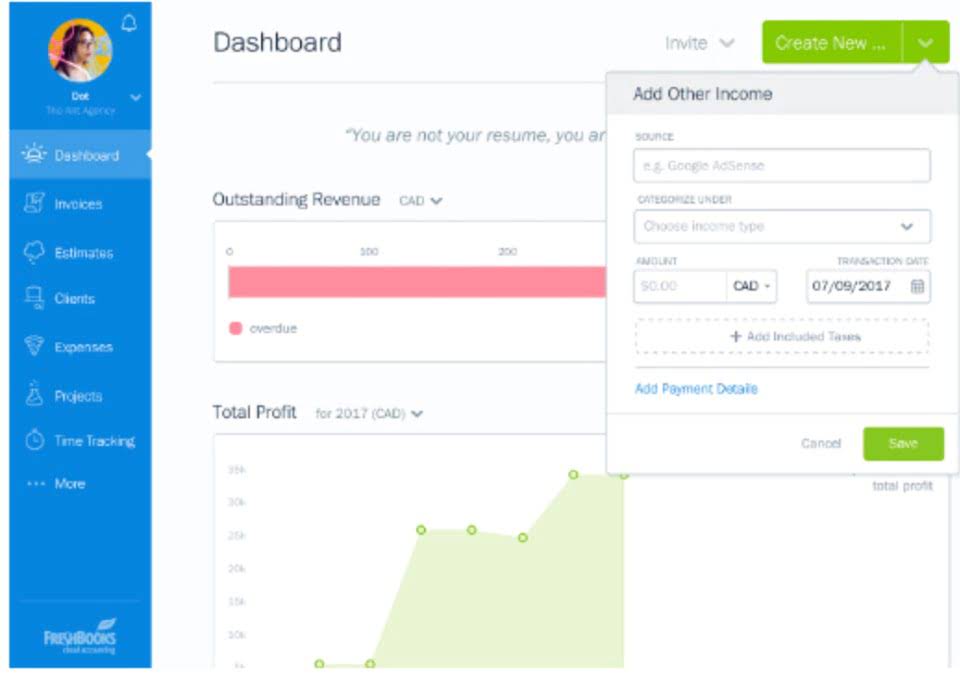
Regardless of industry or rate of growth, companies can find value in hiring an external firm to handle accounting services and improve financial reporting. Outsourced accounting services are a PEO company (Professional Employer Organization), that handles some or all of the accounting processes for a business. They act as a dedicated financial team, allowing businesses to concentrate on their core operations.

Often, small business owners don’t require the services of a full-time accountant or CFO. However, they need a professional who can provide more than basic admin or bookkeeping skills. Small business owners who find themselves in this situation are ideal candidates for outsourced accounting. If you’re big enough that you’re considering a controller but not big enough to need one full-time, an outsourced controller might be the right move. Outsourced CFO services are much more advisory in nature than outsourced bookkeeping or controller services.
Outsourced accounting: benefits, types, and getting started
However, hiring in-house accounting professionals isn’t always the only solution. In many cases, companies can benefit from outsourcing accounting services, which can also be described as third-party accounting support. Accounting and CPA firms in the U.S. are continuously looking for innovative strategies to boost efficiency, cut costs, and provide enhanced services to their clients.

Outsourced accounting occurs when a business hires an external, third-party company to handle its finance and accounting functions. These functions can include managing payroll, accounts payable, accounts receivable, monthly bank reconciliations, tax prep support, legal compliance and financial reporting, among others. While larger corporations may not always need third-party support, there are also situations where it may be appropriate. For example, if you’re concerned about fraud risk, outsourced accounting services will independently review financials and produce accurate reports to minimize these concerns.
Regulatory Compliance
Outsourced accounting also helps ensure business continuity and reduces the risk of knowledge loss. If a key employee decides to leave your firm, they’re taking valuable skills and experience with them, leaving you with the task of having to find a replacement. By being able to focus on managing your business because your global team is taking care of the day-to-day work, you become more efficient. Accountants can turn their attention to developing a strategy to grow their firms when they have a global team taking care of the day-to-day work. Also, take all relevant steps to protect sensitive financial and employee information during data transfers.
- Read the full guide to explore why outsourced accounting has surpassed other methods and how choosing the right virtual accounting partner is key to the growth of your organization.
- Staffing an internal finance and accounting team is expensive and can place significant demands on your time.
- But if you want to work with the best accounting companies in San Diego for outsourcing, turn to TGG.
- Accountants can turn their attention to developing a strategy to grow their firms when they have a global team taking care of the day-to-day work.
- If you’re bringing in an outsourced controller to help manage your existing team, it’s necessary to carefully consider what this relationship will look like.
- These resources may be particularly beneficial for small and mid-sized businesses that may not have robust IT departments or stringent confidentiality measures.
If you’re bringing in an outsourced controller to help manage your existing team, it’s necessary to carefully consider what this relationship will look like. If you’re the type of person who likes to shake someone’s hand and look them in the eye, the remote nature of outsourced accounting may require some adjustment. Partnering with an outsourced controller gives businesses many of the same benefits as partnering with an outsourced bookkeeper, but on a more strategic level. Outsourced controllers are experienced accounting professionals who have worked with a diverse range of businesses. In doing that, your outsourced accounting firm will work closely with you to develop an approach that works for your business. They’ll track KPIs that are important to you, provide regular financial reporting, and be responsive to your needs when you call with questions.
Q: How much do outsourced accounting services cost?
Entrusting this data to third-party providers raises legitimate concerns about data security and confidentiality. Therefore, it’s crucial to select reputable outsourcing partners who prioritize robust security measures. If the business is growing too fast for signs like these, you can choose between hiring an in-house accountant the outsourced accountant or outsourcing accounting. The latter’s flexibility means they can quickly and resolutely resolve any past accounting issues and provide the exact services your business needs. Outsourced accounting, bookkeeping, and controller services have become a more common solution for small businesses today.
We’ve embraced change, and continue to focus on delivering exceptional service while nurturing a sense of community. As we look to the future, we’re excited about the possibilities that technology and human ingenuity can bring to our industry. Clients are supported by a team that understands and works in your local market to provide tailored solutions to fit your firm, with Client Relationship Managers based in our Gold Coast office. It’s easy to think that the CFO role is a position reserved for larger companies, but that doesn’t have to be the case. Many small to midsize businesses stand to benefit significantly from working with a CFO but tend to lack the resources to hire these experienced professionals. Much like outsourced bookkeeping, there are few disadvantages inherent in partnering with an outsourced controller.


















